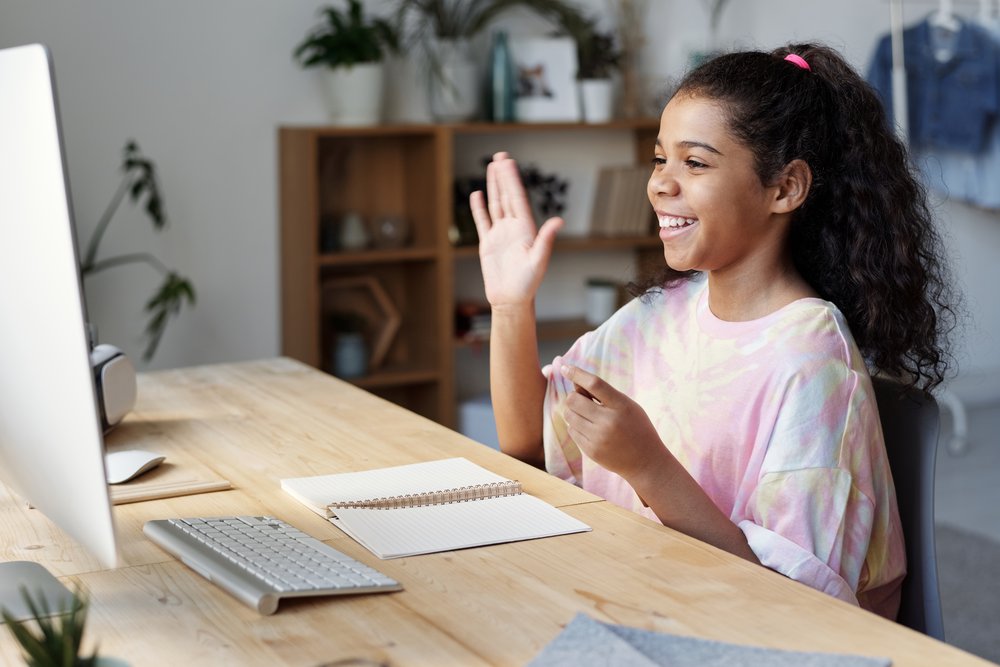The coronavirus pandemic disrupted different aspects of life around the globe, including education. Governments have ordered lockdown restrictions and stay-at-home orders, which means students can no longer attend school.
As of April 29, 195 countries have implemented school and university closures. Singapore was one of them. During this period, schools and colleges in the country rolled out virtual instruction and distance learning solutions, allowing students to continue their education even amid the pandemic.
Now, Singapore managed to minimise their confirmed positive cases with a successful coronavirus response. On June 2, schools have reopened as the country eased its lockdown restrictions.
The question is, what does education look like in a post-coronavirus world? Are digital learning solutions here to stay?
Digital Learning and COVID-19
The use of education technology solutions isn’t new to the country. Many high schools for international students and leading institutes for higher learning have already embraced technology before the pandemic, integrating online learning into their curriculum.
But the coronavirus significantly sped up digital transformation for education, forcing schools to come up with digital solutions that can aid students’ learning. Many institutions have invested in tools, network infrastructure and necessary training for their teachers — all within a short timeframe to quickly adapt to the changes brought by the pandemic.
Even though schools in the country have already regained some semblance of normalcy, the Ministry of Education (MOE) wants to review how to blend traditional classroom learning with digital education solutions.
Education Minister Ong Ye Kung said that one month of home-based learning has taught the ministry about the strengths of online learning. Although digital education cannot substitute classroom learning, these solutions do have their merits. They can be used to supplement traditional teaching methods to support students’ education further.
A Long Way to Go
Blended learning mixes face-to-face and online learning, giving students some flexibility and freedom in their education. Self-pacing is possible for slow learners, reducing the pressure to keep up with their peers. Students can also learn through a variety of methods that apply to their respective learning styles.
Scholars around the world, not just in Singapore, predict that blended learning will increase post-pandemic. Online self-guided learning can potentially address some problems in education, such as overworked teachers.
However, the application of this learning method still faces many constraints. Research suggests that blended learning is only effective if both teachers and students have the ability and experience in using the necessary technology. Otherwise, teachers might find it difficult to deliver effective lectures and instructions, or students might not digest the lessons as well as they should.
Additionally, implementing blended learning may mean extra work for teachers. They have to prepare both online and in-class learning activities. Those activities must be synchronised, so students don’t receive redundant or disjointed lessons.
Ultimately, although blended learning is on the horizon, it still has a long way to go before being fully incorporated in schools. The MOE has yet to determine how to adopt this method in a way that benefits both educators and students. The month of full home-based learning revealed many areas for improvement, which the ministry can look into as it pushes for blended learning in schools and universities.

